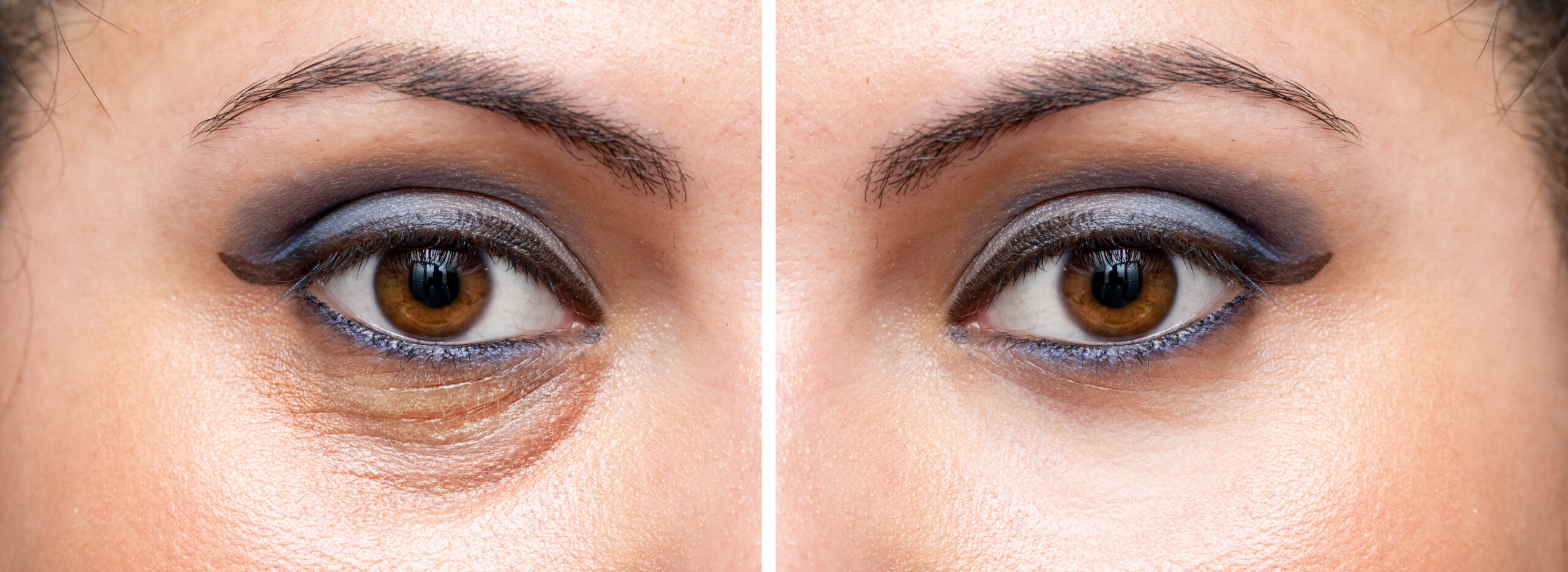How Can Hyaluronidase Treat the Tyndall Effect?

What is the Tyndall effect?
The Tyndall effect, originally known as Willis–Tyndall scattering, is the scattering of light by particles in a colloid or in a very fine suspension. This phenomenon is named after Irish physicist John Tyndall, who discovered that a beam of light can become scattered and visible by illuminating particles. The Tyndall effect is the bluish discoloration of skin that has been injected too superficially with dermal fillers. This preventable side effect is typically seen in areas where the skin is thin, such as the tear trough and perioral areas, as light is more easily reflected here. Patients and doctors may sometimes have difficulty observing this cosmetic complication in poor lighting. In fact, the Tyndall effect can even appear as a bruise. Nevertheless, physicians should look for raised areas or palpable lumpiness where the filler is administered, as this may indicate that is has been injected too superficially. The Tyndall effect can appear immediately after implantation of the dermal filler or become visible a couple of days after the treatment session.
What are the causes of the Tyndall effect?
Though no large-scale research studies have reported any data on the incidence of the Tyndall effect, this side effect is thought to be caused by the injection skill of the health care professional, the dermal filler injection technique, the area treated, and the implant used.
How to prevent the Tyndall effect
The Tyndall effect is a preventable side effect of soft tissue injection that can last for months or years without corrective measures. To prevent it from happening, problematic areas must be adequately assessed. During the initial consultation, the physician must assess their patient’s medical history, including underlying medical conditions, previous history of aesthetic treatment, and medications and supplements taken, and conduct a detailed facial assessment to gauge the severity of skin concerns and subsequent treatment plan. Employing the proper injection technique is vital for ensuring natural-looking results. The depth of injection is equally important in preventing the Tyndall effect from occurring. Most hyaluronic acid implants come with a recommended injection technique depending on the areas of correction.
What is the treatment for the Tyndall effect?
If the Tyndall effect still occurs despite observing all the necessary precautions, it can be treated using the following techniques:
- Massage: The injected area is massaged to gently disperse the hyaluronic acid filler. This method is only effective if it is performed as soon as the Tyndall effect is observed.
- Stab excision: Excess filler material is removed from the skin using an 18G needle.
- Aspiration: An incision is performed on the area and excess filler material is aspirated from the skin using a needle and syringe.
- Hyaluronidase: Hyaluronidase is an enzyme that exists naturally in the human body. Though its use is deemed “off-label” in the aesthetic industry, it corrects unsatisfactory hyaluronic acid filler results. Patients experiencing the Tyndall effect can have their fillers dissolved using hyaluronidase.
Dermal fillers and the Tyndall effect
Dermal fillers are cosmetic injectables that are used to correct facial imperfections such as lines, wrinkles, thin lips and sunken areas. Though these fillers contain materials such as hyaluronic acid, collagen, poly-L-lactic acid (PLLA), and calcium hydroxylapatite, the Tyndall effect is usually observed when hyaluronic acid implants such as Juvederm and Restylane are administered too closely to the surface of the skin. These hyaluronic acid fillers are clear gel substances that, when injected too superficially or in large volume into the skin, refract light, resulting in bluish discoloration of the treated areas.
Contact SightMD today to schedule an appointment with one of our doctors to discuss your Botox & Dermal Fillers options at one of our convenient locations!


